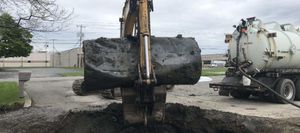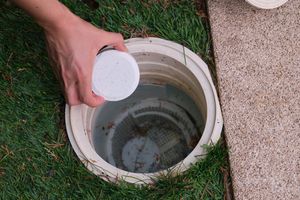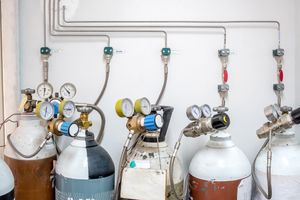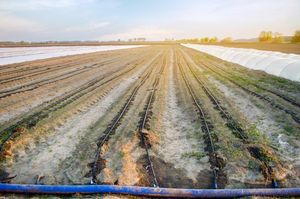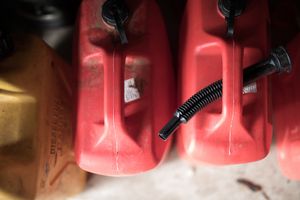Soil Testing After Tank Removal
This is a info alert
This is a danger alert
This is a success alert
This is a warning alert
This is a dark alert
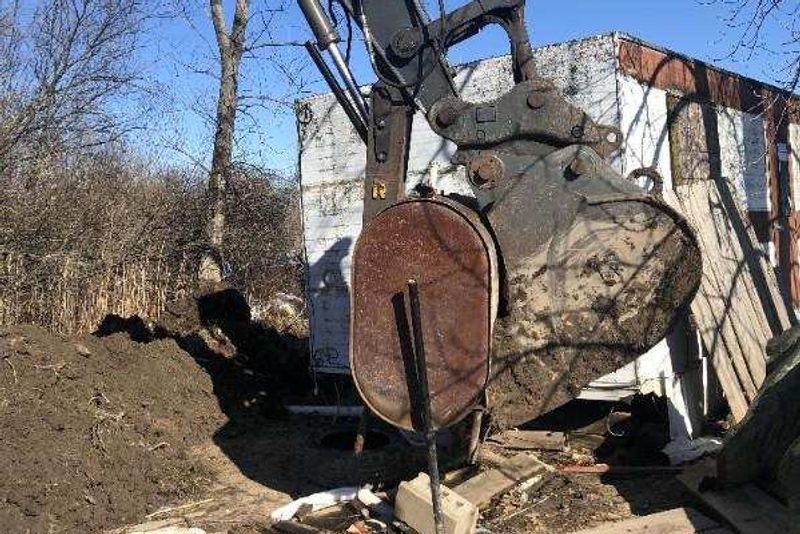
Introduction
After removing a heating oil tank—especially an underground one—it's critical to verify that no fuel contamination is left behind. Soil testing provides peace of mind, protects property value, and ensures regulatory compliance. Here’s what homeowners and property managers in New York need to know about post-removal soil testing.
🧪 Why Soil Testing Matters
Detect Leaks or Spills: Even small leaks can contaminate the surrounding soil. Testing identifies contamination early.
Meet Real Estate Requirements: Many buyers (and mortgage lenders) require proof of a clean site before closing.
Avoid Regulatory Penalties: Contamination must be reported to the NYSDEC. Soil testing is the first step in proving your site is clean.
🔍 When Soil Testing is Recommended
Scenario | Soil Test Required? |
|---|---|
Aboveground tank (no visible spill) | ❌ Not usually required |
Underground tank (no signs of leak) | ✅ Strongly recommended |
Tank shows signs of leakage | ✅ Required |
Selling your home | ✅ Highly recommended |
📌 Tip: Always discuss soil sampling with your removal contractor before the tank is taken out.
🧬 How the Soil Testing Process Works
Sample Collection
Soil is sampled from multiple locations around the tank footprint.
Sampling is often done immediately after tank removal, before backfilling.
Laboratory Testing
Samples are sent to a certified lab to test for petroleum hydrocarbons and VOCs (volatile organic compounds).
Results & Reporting
Results are typically available within 2–5 business days.
A clean report can be kept for records or real estate transactions.
If contamination is found, remediation options will be provided.
🧾 Typical Costs
Service | Cost Estimate |
|---|---|
Soil Sampling | $300 – $800 |
Lab Analysis | Often included in sampling cost |
Retesting (if needed) | $150 – $400 |
💡 Tips for Homeowners Before Removal
Document Everything: Keep permits, invoices, and soil test results in a folder—you’ll need them when selling your home.
Get Multiple Quotes: Prices can vary significantly. Ask what’s included (permits, soil testing, disposal).
Schedule Smart: Book removal during dry months to avoid water-related delays or contamination risks.
Notify Your Insurance: Some policies may cover part of the cost, especially if leaks are involved.
Ask About Soil Testing Early: Don’t assume it’s included—be clear upfront if it’s part of your quote.
